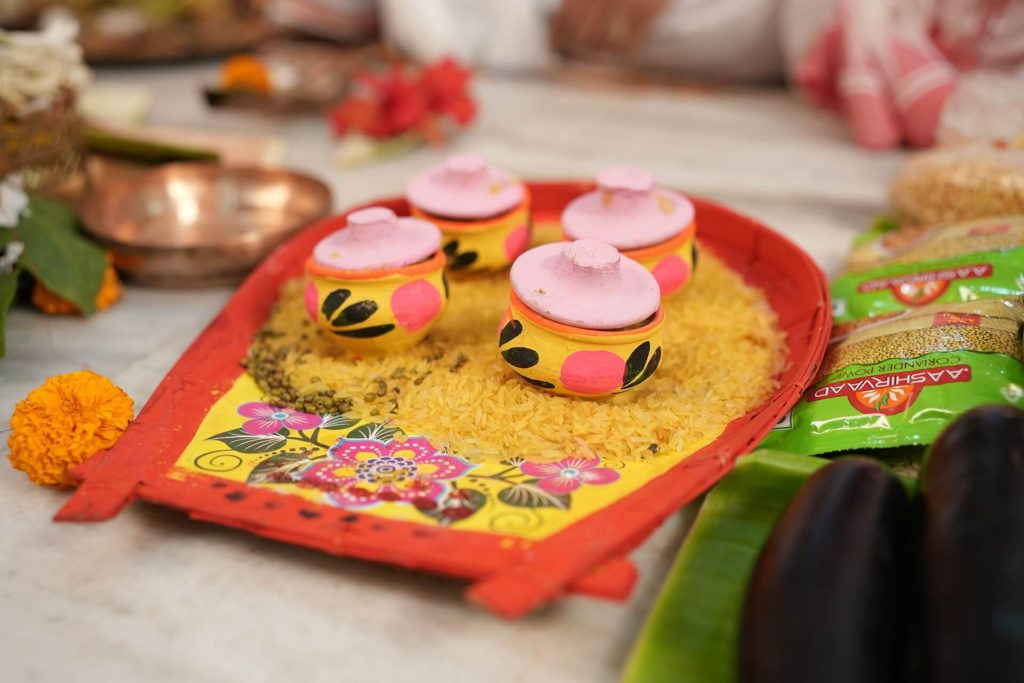Top 10 Interesting Facts about the Bengali Language You Didn’t Know
As a Bengali language tutor with over 20 years of experience teaching students from around the world, I’ve witnessed countless “aha!” moments when learners discover the beauty and uniqueness of Bengali (or Bangla, as native speakers call it). Today, I’m excited to share ten fascinating facts about this magnificent language that will surprise even those familiar with it.
1. Bengali is the 7th Most Spoken Language in the World
With over 270 million native speakers, Bengali ranks as the seventh most spoken language globally. It’s not just spoken in Bangladesh and the Indian state of West Bengal—you’ll find Bengali-speaking communities in Tripura, Assam, and significant diaspora populations in the United Kingdom, United States, and Middle Eastern countries.
What makes this even more remarkable is that Bengali is confined to a relatively small geographic area compared to other major world languages. This high concentration of speakers makes it an incredibly valuable language to learn, especially if you’re interested in South Asian culture, business, or travel.
2. Bengali Has Its Own New Year Celebration—Pohela Boishakh
While the world celebrates New Year on January 1st, Bengalis have their own special celebration called Pohela Boishakh (পহেলা বৈশাখ), which falls on April 14th or 15th. This colorful festival marks the first day of the Bengali calendar and is celebrated with traditional music, dance, special foods like panta bhat (fermented rice), and the iconic mangal shobhajatra (colorful processions).
The Bengali calendar itself dates back to the Mughal emperor Akbar’s reign in the 16th century and was created to align tax collection with the harvest season. Learning about such cultural celebrations enriches your language learning journey beyond just grammar and vocabulary.

3. The Language Martyrs—The Only Language People Died For
Here’s a fact that gives me goosebumps every time I teach it: Bengali is the only language in the world for which people sacrificed their lives. On February 21, 1952, students in then-East Pakistan (now Bangladesh) protested against the imposition of Urdu as the sole official language, demanding recognition for Bengali.
Several protesters were killed by police, and this tragic event is now commemorated as International Mother Language Day by UNESCO. The date February 21st is observed globally to promote linguistic and cultural diversity. The Shaheed Minar (Martyrs’ Monument) in Dhaka stands as a powerful reminder of this sacrifice.
This historical context makes learning Bengali language more than just acquiring a skill—it’s honoring a legacy of cultural pride and identity.
4. Bengali Script is Written from Left to Right but Numbers Can Be Different
The Bengali language script, known as Bangla Lipi, is written from left to right, just like English. However, here’s where it gets interesting: Bengali has its own unique set of numerals that look completely different from the Arabic numerals we commonly use.
For example:
- ০ (shunno) = 0
- ১ (ek) = 1
- ২ (dui) = 2
- ৩ (tin) = 3
While modern Bengali writing often uses Arabic numerals, traditional texts and formal documents still employ Bengali numerals. The script itself is derived from the ancient Brahmi script and shares similarities with other Indian scripts like Devanagari and Odia.
5. Bengali Has No Grammatical Gender for Inanimate Objects
Unlike many languages that assign gender to objects (like Spanish or French), the Bengali language simplifies things considerably. While there are distinctions between masculine and feminine for living beings (like chele for boy and meye for girl), inanimate objects don’t have grammatical gender.
This makes the Bengali language relatively easier for English speakers to learn compared to languages with complex gender systems. You don’t need to memorize whether a table is masculine or feminine—it’s just table (টেবিল)!
6. The Word Order is Subject-Object-Verb (SOV)
Here’s something that surprises my English-speaking students: Bengali follows a Subject-Object-Verb word order, which is opposite to English’s Subject-Verb-Object structure.
For example:
- English: “I eat rice” (Subject-Verb-Object)
- Bengali: “Ami bhat khai” (আমি ভাত খাই) – literally “I rice eat” (Subject-Object-Verb)
This SOV structure is common in South Asian languages and takes some getting used to. However, once you grasp this pattern, constructing sentences becomes much more intuitive. It’s like solving a puzzle where you know exactly where each piece belongs!

7. Bengali is the Second Most Beautiful Language in the World (According to UNESCO)
The Bengali language was recognized by UNESCO as the second most beautiful language in the world, after French. The melodious quality of Bengali comes from its smooth, flowing sounds and the natural rhythm created by its syllabic structure.
The language is rich with vowel sounds—Bengali has 11 vowel phonemes and numerous diphthongs. Words like bhalobasha (ভালোবাসা, meaning “love”) and aakash (আকাশ, meaning “sky”) roll off the tongue with musical quality. This is one reason why Bengali poetry and songs, especially the works of Rabindranath Tagore, are so celebrated worldwide.
8. Bengali Has More Than 100,000 Recognized Words
The Bengali language boasts an extensive vocabulary with over 100,000 words in standard dictionaries. What’s fascinating is that the Bengali language borrows freely from multiple sources—Sanskrit (the classical foundation), Perso-Arabic (from Muslim cultural influence), English (from colonial contact), and Portuguese (from early European traders).
For instance:
- Janala (জানালা) meaning “window” comes from Portuguese “janela”
- Iskul (ইস্কুল) meaning “school” comes from English
- Prarthana (প্রার্থনা) meaning “prayer” comes from Sanskrit
This linguistic diversity makes Bengali vocabulary rich and colorful, though it can also be challenging for learners to predict word origins!
9. There Are Many Dialects, But Standard Bengali Unites Them All
The Bengali language has numerous regional dialects—from Sylheti and Chittagonian in Bangladesh to Rarhi in West Bengal. Some of these dialects are so distinct that speakers from different regions might initially struggle to understand each other completely.
However, Shadhu Bhasha (সাধু ভাষা, or literary Bengali) and Cholito Bhasha (চলিত ভাষা, or colloquial Bengali) serve as standardized forms that unite all Bengali speakers. Modern Standard Bengali is based primarily on the dialect spoken in Kolkata and Dhaka regions.
When you learn Bengali formally, you’re learning this standard form, which enables communication with any Bengali speaker, regardless of their regional background.
10. Bengali Gave the World Two Nobel Prize Winners in Literature
Bengali is one of the few non-European languages to produce Nobel laureates in literature. Rabindranath Tagore won the Nobel Prize in Literature in 1913 for his collection of poems Gitanjali (গীতাঞ্জলি), becoming the first non-European to receive this honor.
Later, economist Amartya Sen, who writes extensively in both English and Bengali, won the Nobel Prize in Economics in 1998. The language’s rich literary tradition spans centuries, from medieval poets like Chandidas to modern writers like Sarat Chandra Chattopadhyay and Jibanananda Das.
This literary heritage means that learning the Bengali language opens doors to an entire universe of poetry, novels, songs, and philosophical works that have shaped South Asian thought and culture.
Conclusion: Your Bengali Journey Awaits
These ten facts barely scratch the surface of what makes Bengali such a captivating language. From its historical significance to its melodious sounds, from its simplified grammar to its rich vocabulary, Bengali offers something special to every learner.
Whether you’re interested in connecting with Bengali-speaking communities, exploring South Asian literature, advancing your career opportunities, or simply challenging yourself with a new linguistic adventure, Bengali is a rewarding choice.
Ready to start your Bengali learning journey? Here are some courses that can help:
Course: Speaking in Bengali (in English script) – Perfect for beginners who want to start speaking immediately without learning the script first.
Course: Reading and Writing in Bengali Script – Dive into the beautiful Bengali alphabet and start reading authentic materials.
Course: Reading and Listening in Bengali Script – Develop comprehensive skills in understanding written and spoken Bengali.
As someone who has guided thousands of students through their Bengali language learning journey over the past two decades, I can assure you that every step you take in learning this language brings you closer to a rich cultural heritage and a warm, welcoming community of speakers. The beauty of Bengali awaits—come discover it for yourself!
Shubho Bhasha Shikkha! (শুভ ভাষা শিক্ষা) – Happy Language Learning!






